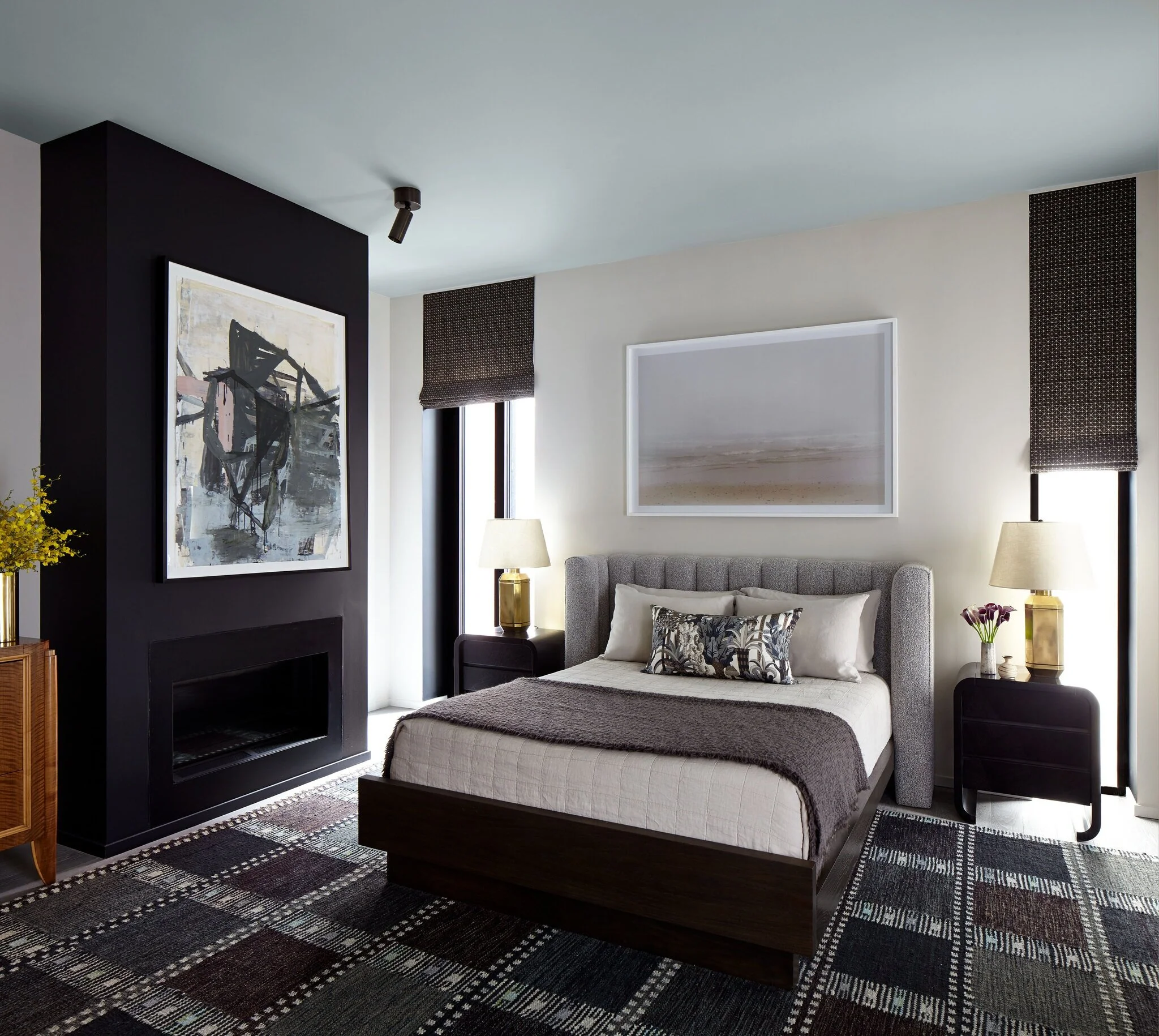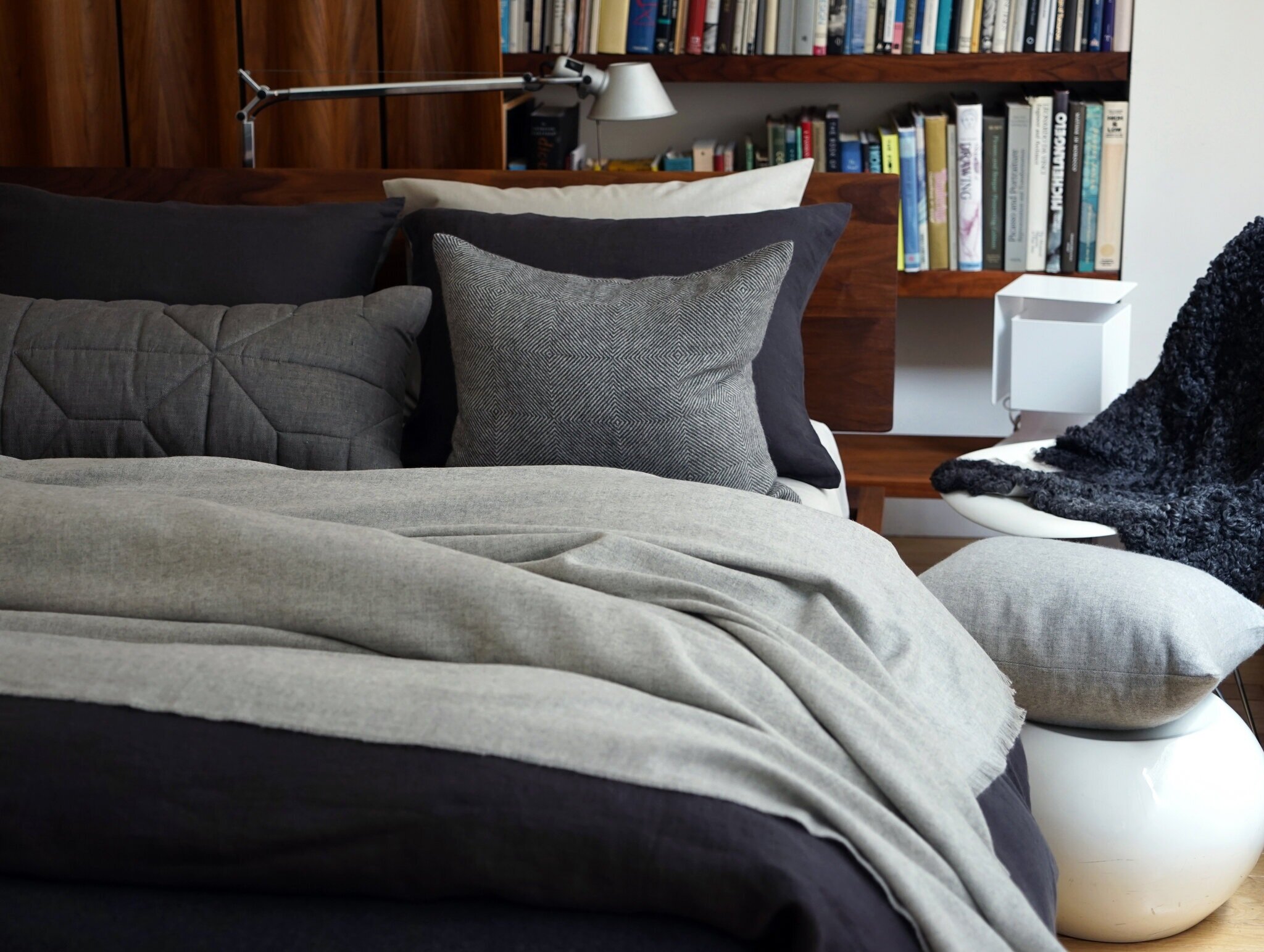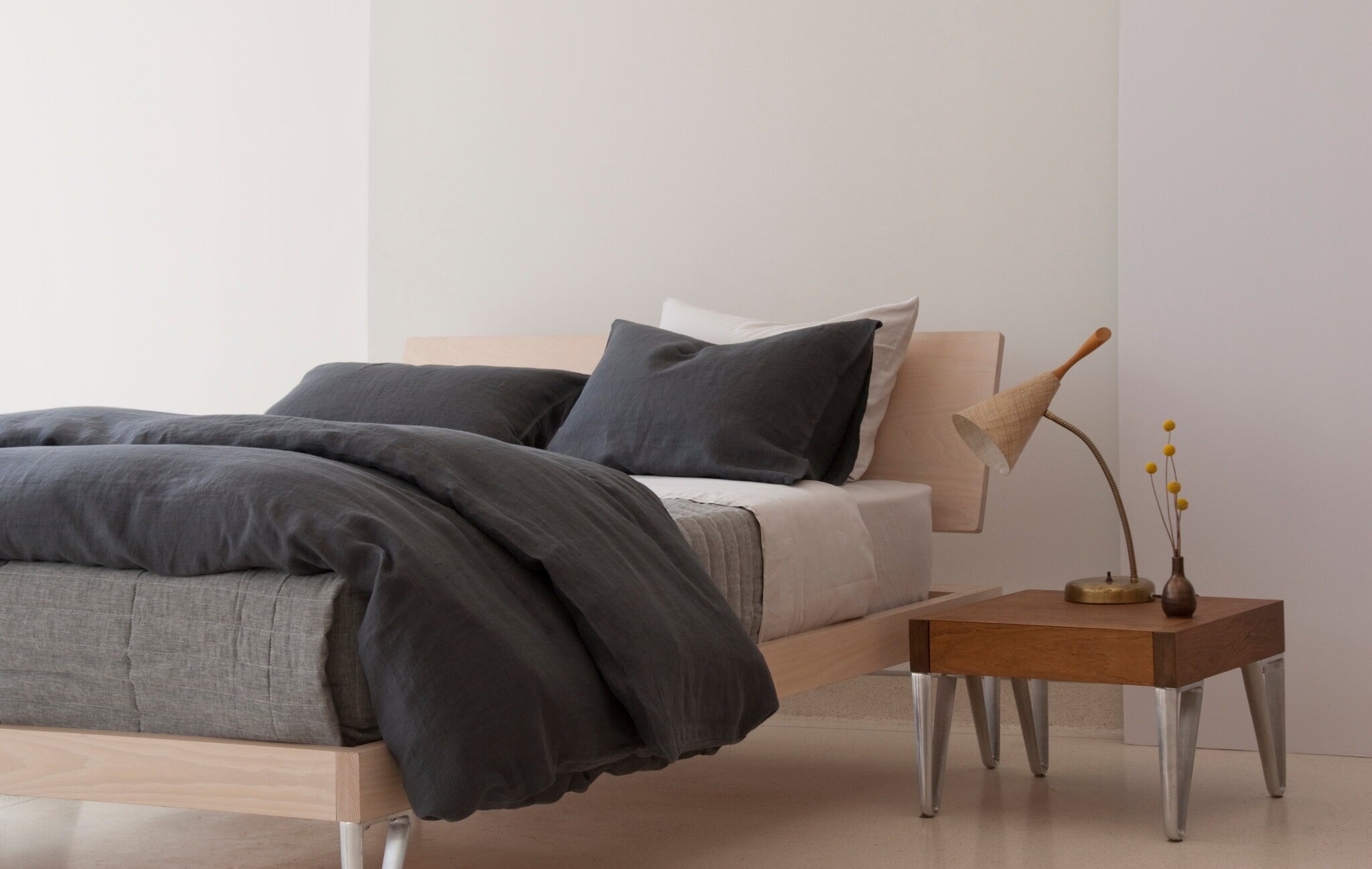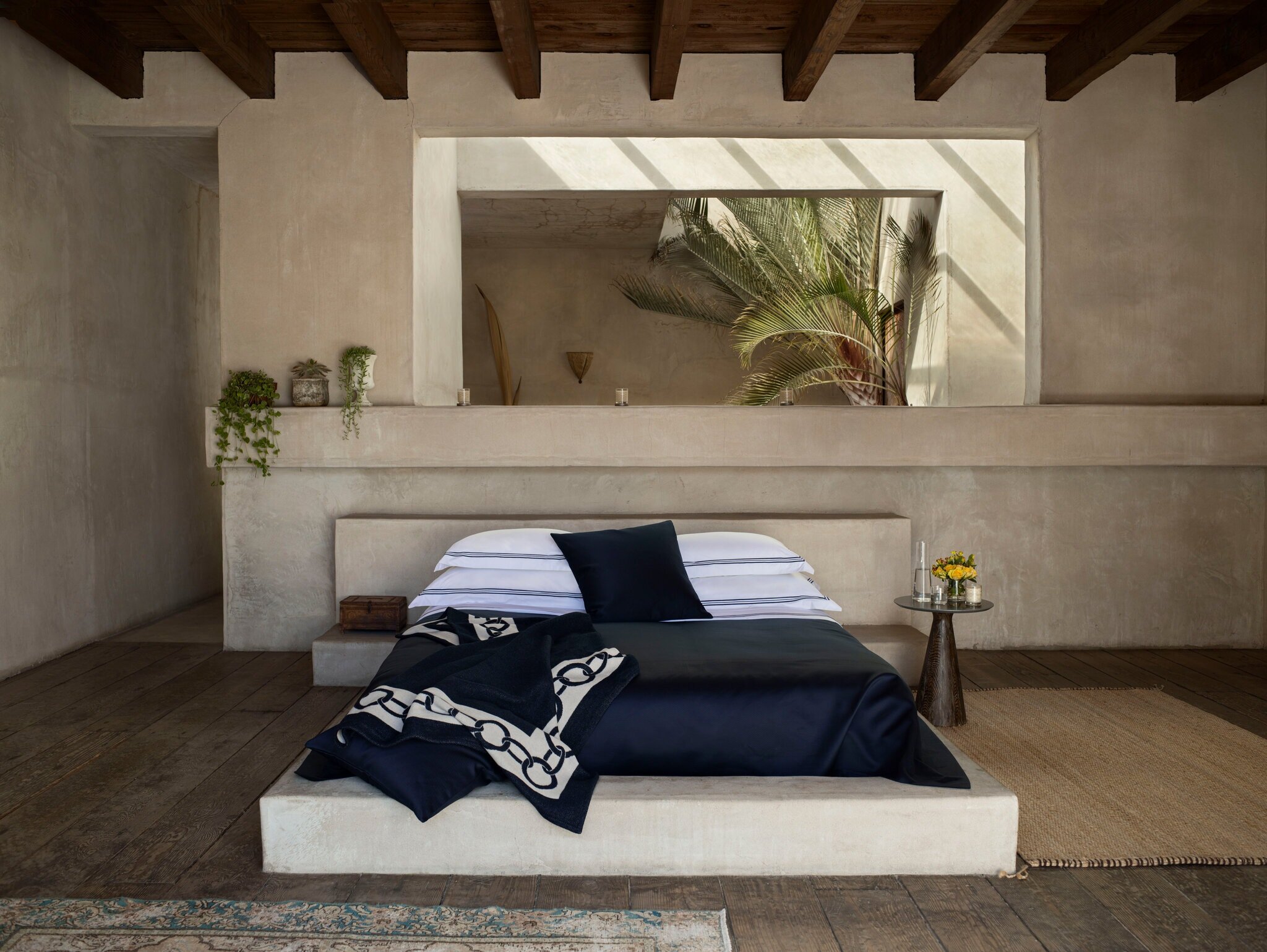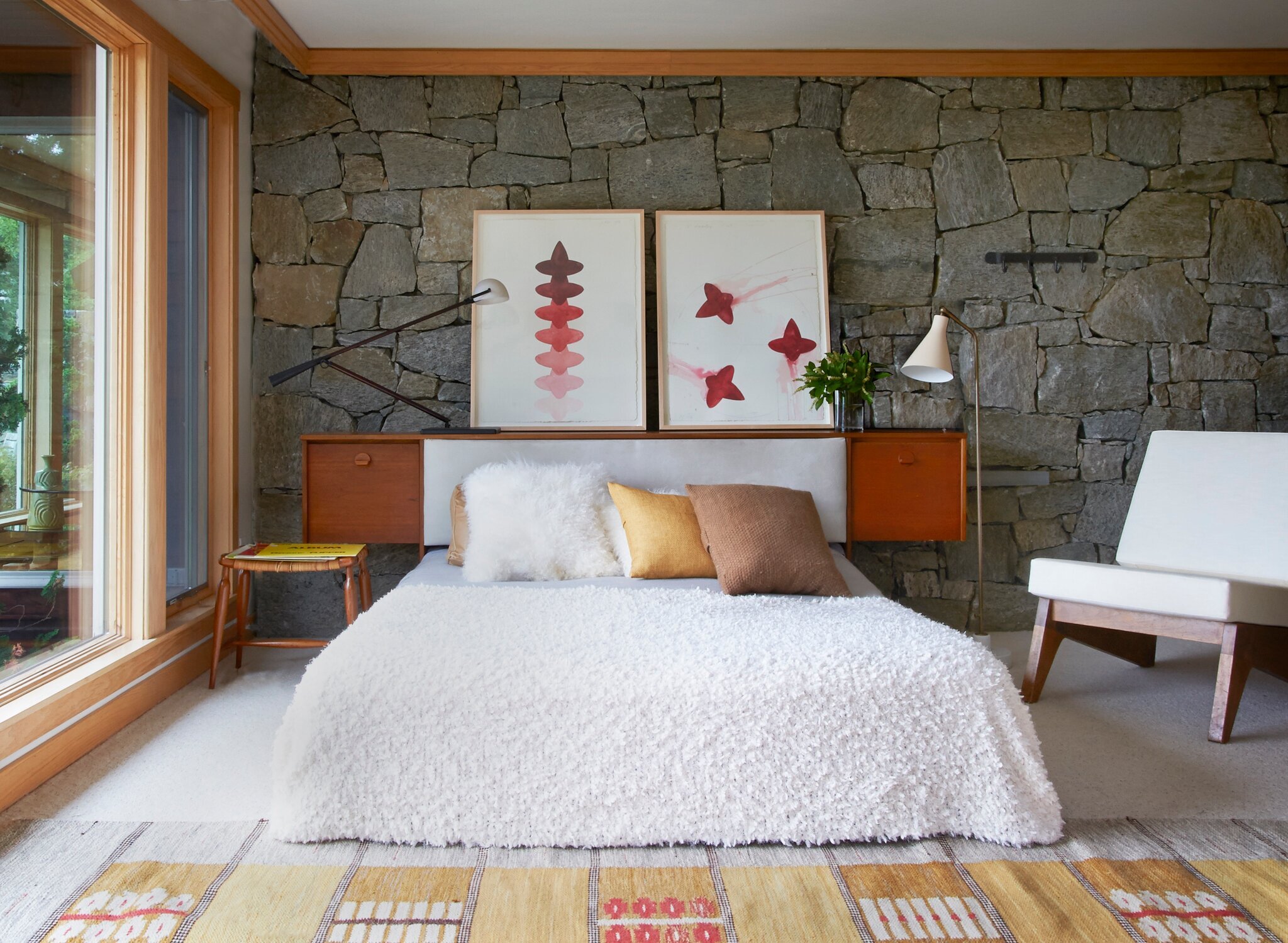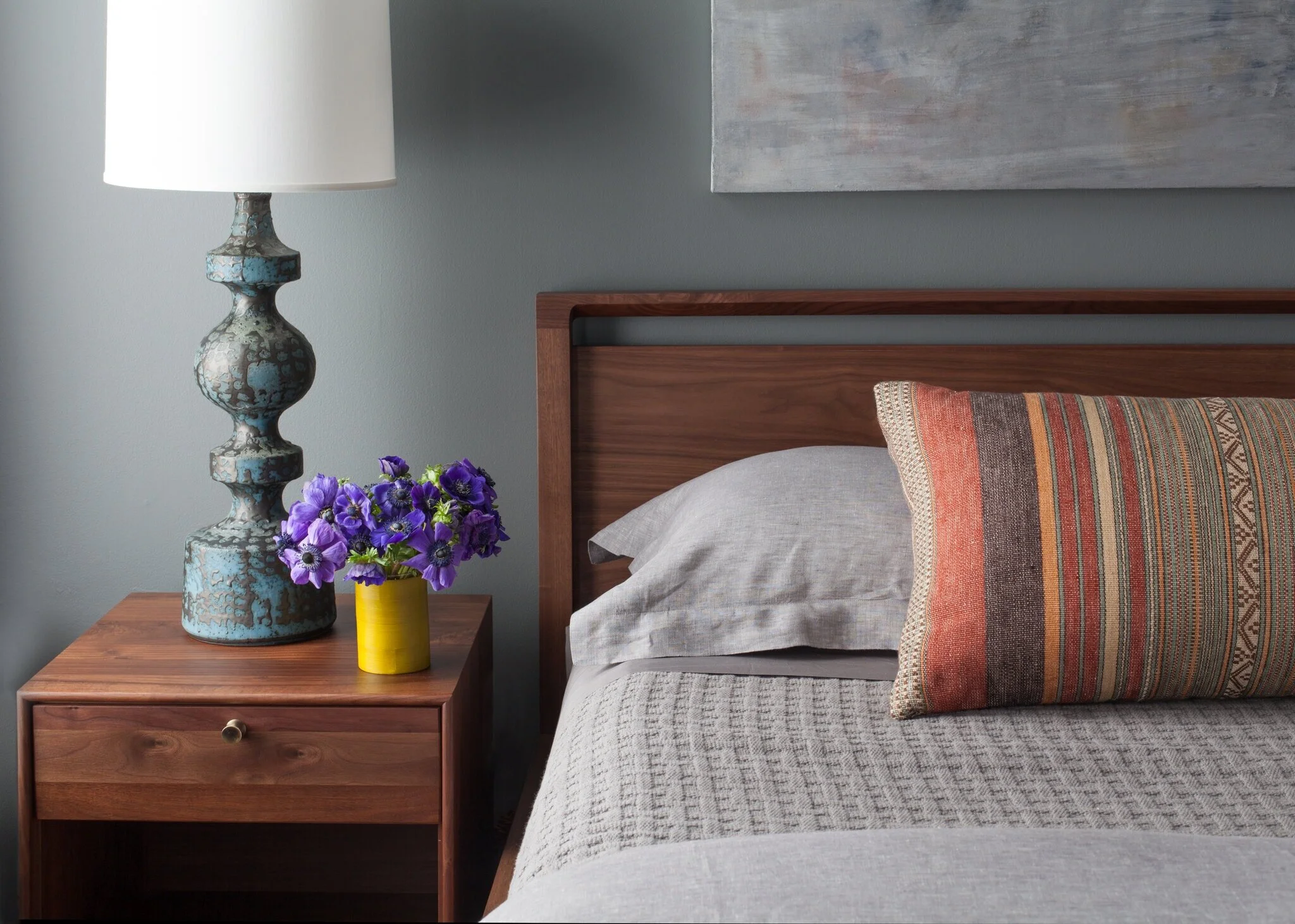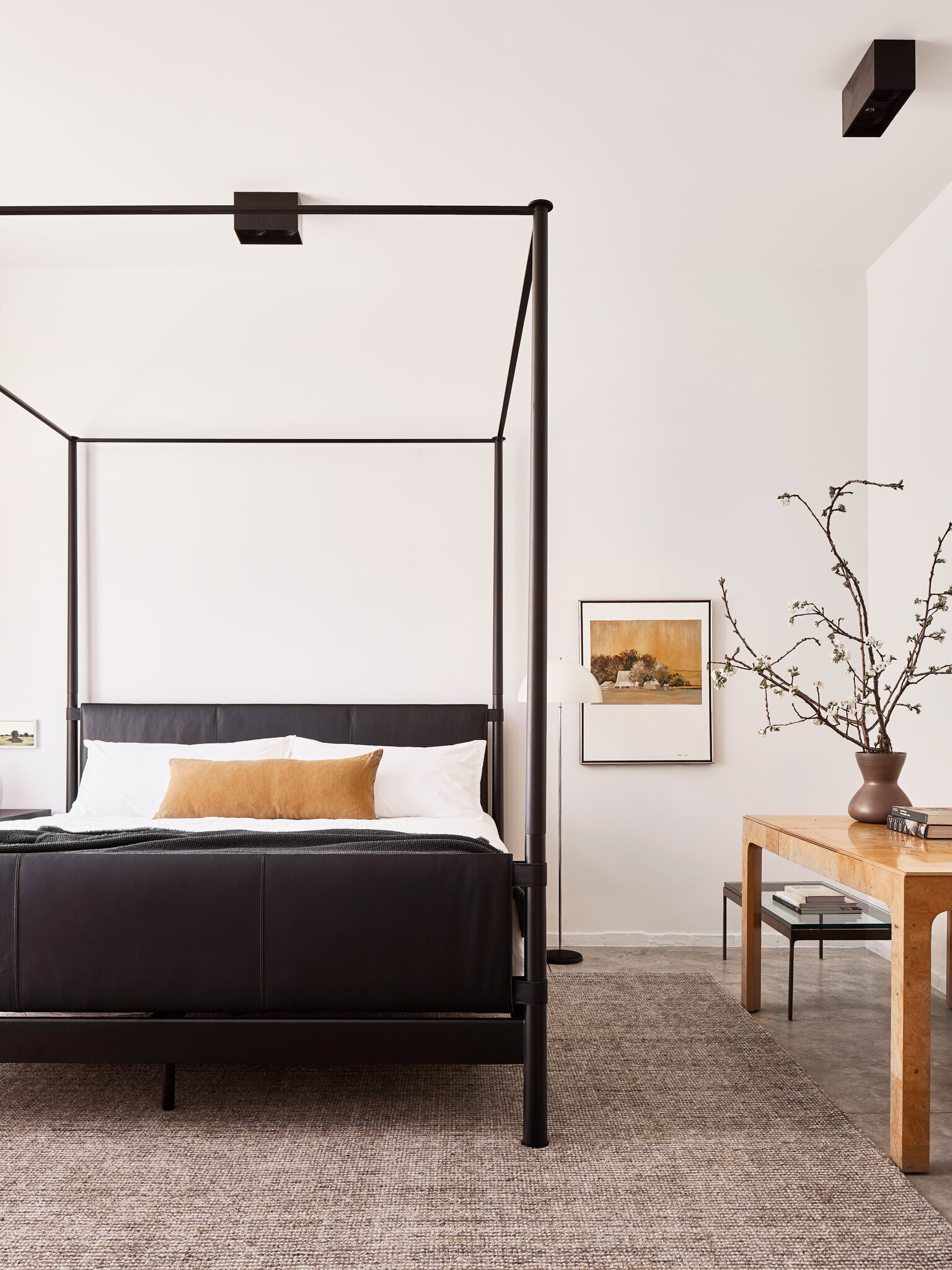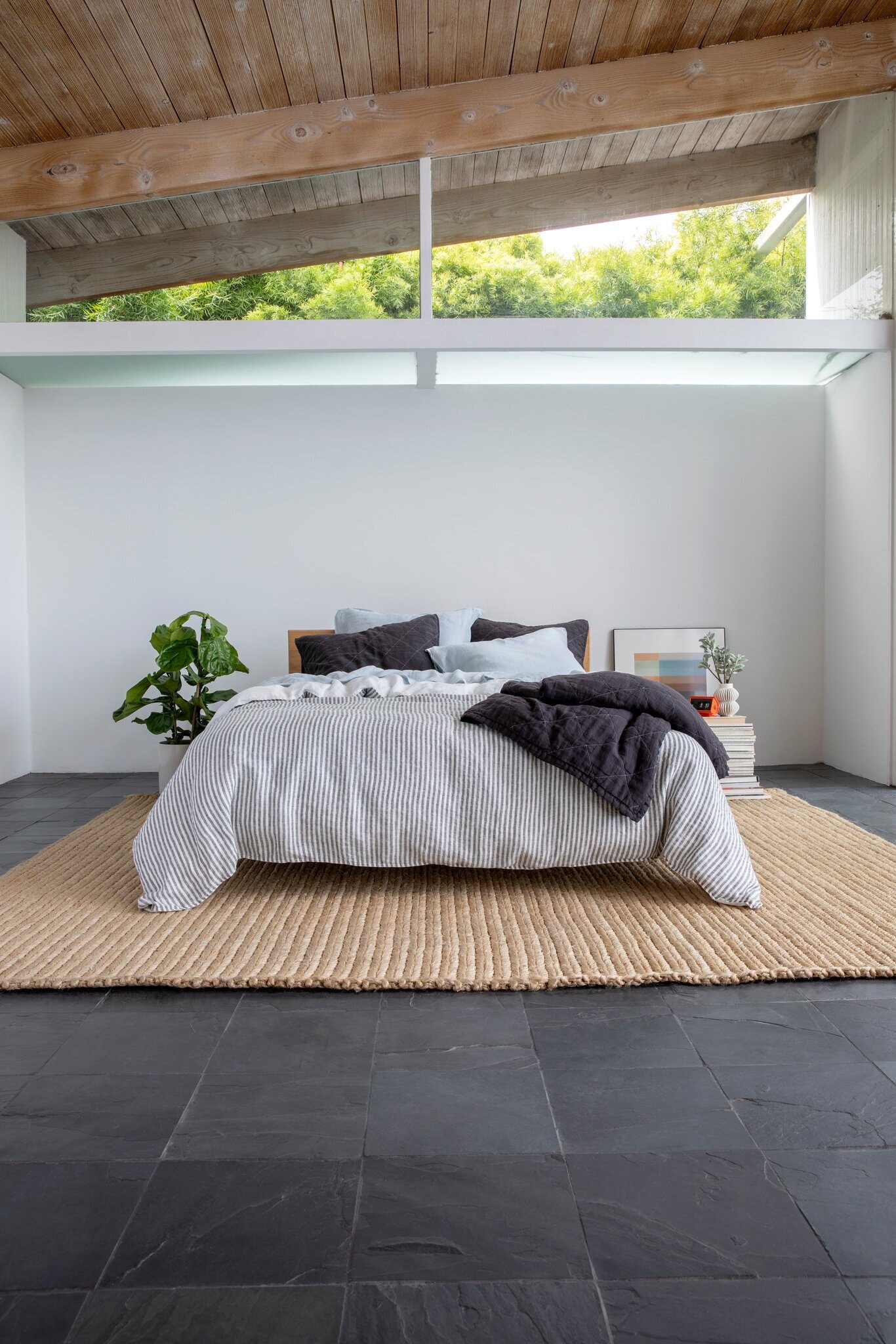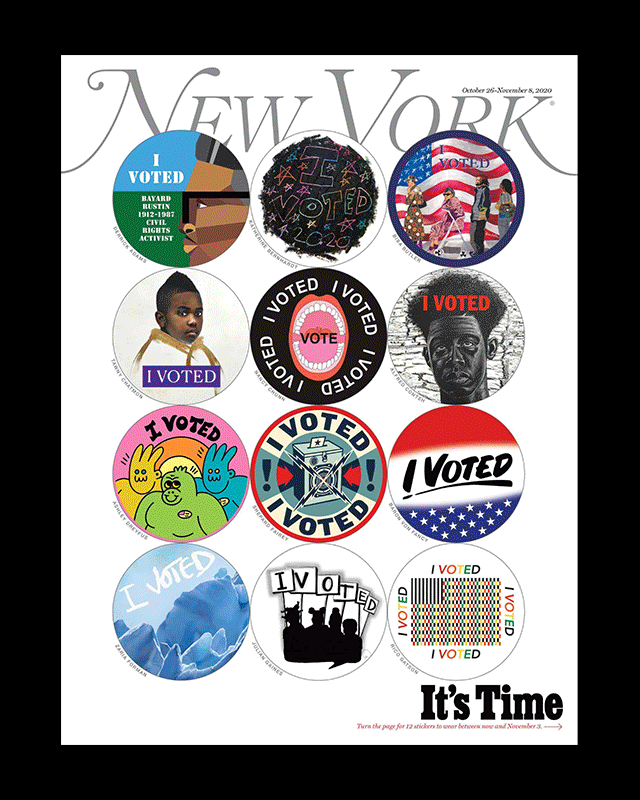They say … you can start by disregarding thread count. Here’s what else the pros know that you may not.
Material sourced from NYT piece By Tim McKeough Published April 27, 2021
Let’s talk about glorious sleep and the art of how we do it best. While there may be as many ways to make a bed as there are doing dishes, with myriad choices from sheets and quilts to coverlets and duvets, one secret of life is that sleep is king and rules the day and your bedding shouldn’t stress you out. In this piece experts offer suggestions for dressing our bed, not unlike dressing to express ourselves and move through life as our best self.
“Do you want it to have colors, layers of texture and a feeling of whimsy? Or do you want it calm? You can dress your bed as you dress yourself. It can be a reflection of your mood and style.”
Interior designers and bedding experts weighed in on the basics, from fitted sheets to decorative throw pillows, as well as tips for dressing a bed that looks appealing during the day and encourages snuggling at night.
Beginning with sheets — there are so many options these days with different reasons to choose them depending on preferences. For example, if you run hot the coolest fabric is cotton percale, while luxurious sateen feels noticeably warmer. And then there’s linen, which they note isn’t for everyone. Sure its relaxed and informal and cooling to the body, but can run expensive and tends to wrinkle, which may bother some Type A folks.
Ah but what about thread count? Nearly everyone agrees to choose sheets by feel and appearance rather than thread count. An extremely high thread count, once seen as a sign of quality, doesn’t count for much anymore because it’s possible to inflate the number while using lower-quality fibers. No likey.
“Thread count is more of a marketing tool that was brought out in the early 2000s
Higher thread counts can sometimes result in thicker, less breathable sheets.”
Ignore thread count. Got it.
And you’re going to want to add layers, not only for warmth but to play with color, pattern, and texture. And your pillow game is important as well.
“There’s definitely room to mix and match and play.
Depending on my mood, I might flip to a more colorful option, like a beautiful combo of lavender and toasted almond with some dark pillowcases.
Other days, I’ll dress my bed in menswear-inspired stripes”
Keep in mind that while the bed takes up the largest footprint in any space, the stakes are low key and can be changed up as frequently as your moods, unlike sofas with higher upholstery price tags. Like adding items to your personal wardrobe, you really can’t go wrong and it’s worth experimenting in the name of a good night’s sleep. Or snuggle sesh.
And whatever your choices may be, remember this: it’s all fun and games until the break of day. So heed these final words:
“It should all be simple and easy to put together, I’m a fan of making my bed every day.”
Related posts:


